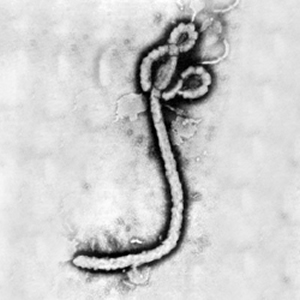The Acquisition, Metabolism, and Pathological Mechanisms Underlying Giardia Lamblia
This is the leader section -- here you can write a short description of your topic and why it is interesting. The goal is for this to quickly cover the main ideas of your topic and get the reader interested in reading the rest!
Section 1
At right is a sample image insertion. It works for any image uploaded anywhere to MicrobeWiki. The insertion code consists of:
Double brackets: [[
Filename: Ebola virus 1.jpeg
Thumbnail status: |thumb|
Pixel size: |300px|
Placement on page: |right|
Legend/credit: Electron micrograph of the Ebola Zaire virus. This was the first photo ever taken of the virus, on 10/13/1976. By Dr. F.A. Murphy, now at U.C. Davis, then at the CDC.
Closed double brackets: ]]
Other examples:
Bold
Italic
Subscript: H2O
Superscript: Fe3+
Overall paper length should be 3,000 words, with at least 3 figures with data.
Pathomechanisms
Epithelial Barrier Dysfunction
G. lamblia is able to cause disease without penetrating the epithelium, invading tissues, or entering the bloodstream. (http://www.ncbi.nlm.nih.gov/pmc/articles/PMC1856818/)
Some patients have with chronic giardiasis have been found to have epithelial barrier dysfunction, which down regulates the tight junction protein claudin 1 (wikilink) and increases epithelial apoptosis (wikilink). This causes failure of sodium-dependent glucose absorption, which results in active chloride ion secretion. Water then enters the lumen (wikilink) and causes diarrhea. (http://www.ncbi.nlm.nih.gov/pmc/articles/PMC1856804/)
Section 3
Further Reading
[Sample link] Ebola Hemorrhagic Fever—Centers for Disease Control and Prevention, Special Pathogens Branch
References
Edited by (your name here), a student of Nora Sullivan in BIOL168L (Microbiology) in The Keck Science Department of the Claremont Colleges Spring 2014.

